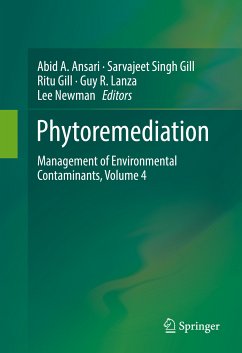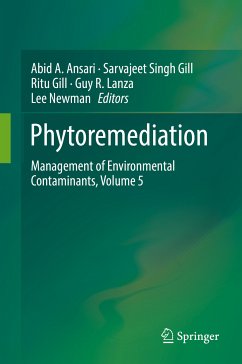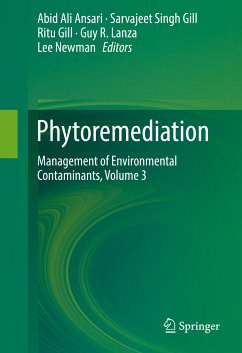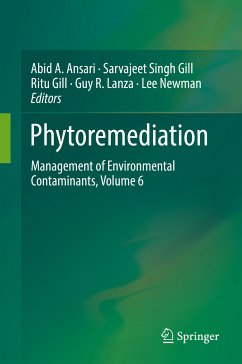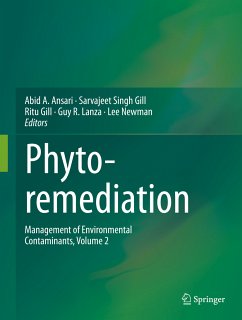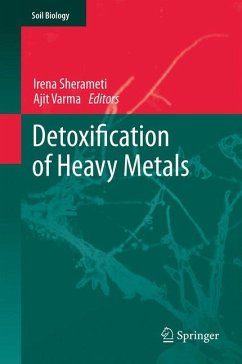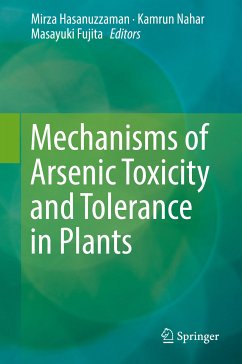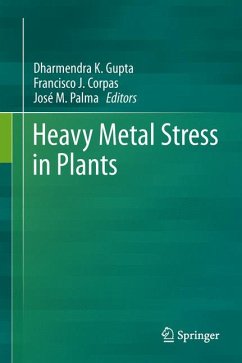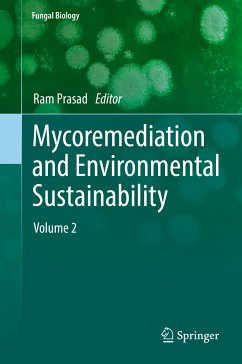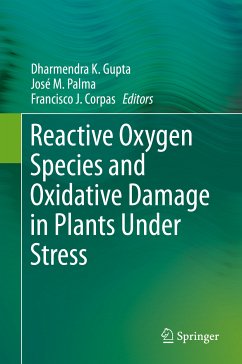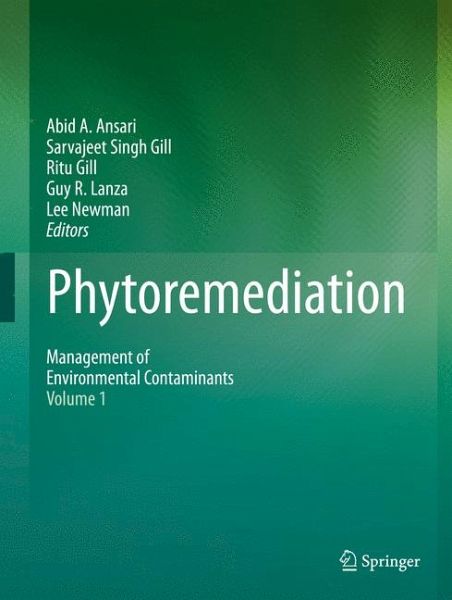
Phytoremediation (eBook, PDF)
Management of Environmental Contaminants, Volume 1
Redaktion: Ansari, Abid A.; Newman, Lee; Lanza, Guy R.; Gill, Ritu; Gill, Sarvajeet Singh
Versandkostenfrei!
Sofort per Download lieferbar
167,95 €
inkl. MwSt.
Weitere Ausgaben:

PAYBACK Punkte
84 °P sammeln!
This text details the plant-assisted remediation method, "phytoremediation", which involves the interaction of plant roots and associated rhizospheric microorganisms for the remediation of soil and water contaminated with high levels of metals, pesticides, solvents, radionuclides, explosives, nutrients, crude oil, organic compounds and various other contaminants. Each chapter highlights and compares the beneficial and economical alternatives of phytoremediation to currently practiced soil and water removal and burial practices.This book covers state of the art approaches in Phytoremediation wr...
This text details the plant-assisted remediation method, "phytoremediation", which involves the interaction of plant roots and associated rhizospheric microorganisms for the remediation of soil and water contaminated with high levels of metals, pesticides, solvents, radionuclides, explosives, nutrients, crude oil, organic compounds and various other contaminants. Each chapter highlights and compares the beneficial and economical alternatives of phytoremediation to currently practiced soil and water removal and burial practices.
This book covers state of the art approaches in Phytoremediation written by leading and eminent scientists from around the globe. Phytoremediation: Management of Environmental Contaminants, Volume 1 supplies its readers with a multidisciplinary understanding in the principal and practical approaches of phytoremediation from laboratory research to field application.
This book covers state of the art approaches in Phytoremediation written by leading and eminent scientists from around the globe. Phytoremediation: Management of Environmental Contaminants, Volume 1 supplies its readers with a multidisciplinary understanding in the principal and practical approaches of phytoremediation from laboratory research to field application.
Dieser Download kann aus rechtlichen Gründen nur mit Rechnungsadresse in A, B, BG, CY, CZ, D, DK, EW, E, FIN, F, GR, HR, H, IRL, I, LT, L, LR, M, NL, PL, P, R, S, SLO, SK ausgeliefert werden.




